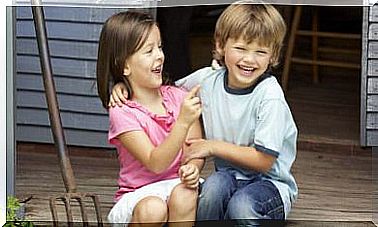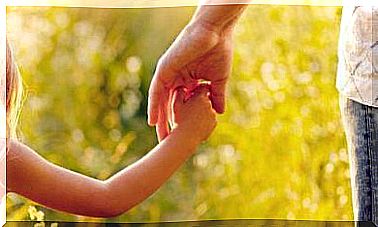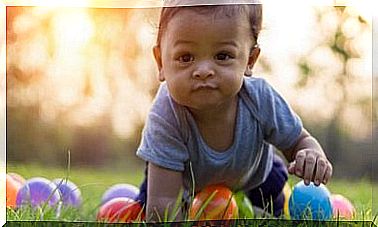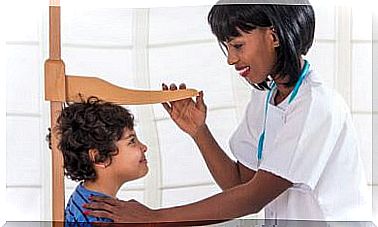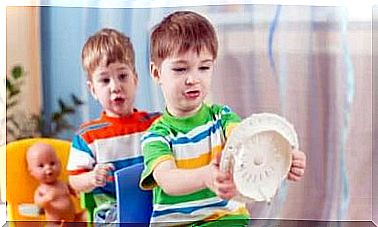Upbringing From A Child’s Perspective

Raising a child’s perspective means taking into account each child’s evolutionary process and adapting to it. It is important for us to follow our children in their development. But if we want to have a good connection to them, we must do so from their point of view and not from our adult perspective.
It is important to create strong bonds with our children to help them grow up in a healthy way. We can do this by respecting their individual rate of maturity and by using love and empathy.
Childhood is one of life’s great treasures. The relationship between a child and his or her parents can either facilitate or hinder mental development.
Upbringing from a child’s perspective: Strong and healthy connection
We need to build bridges to connect our adult world to the world of children. We need to replace the classic image of an adult (“I know, you do not know”) with a healthy and extraordinary exercise in empathy.
The key to a good upbringing is our perspective. How and from what position we relate to our children. There are two different approaches: one vertical and one horizontal.
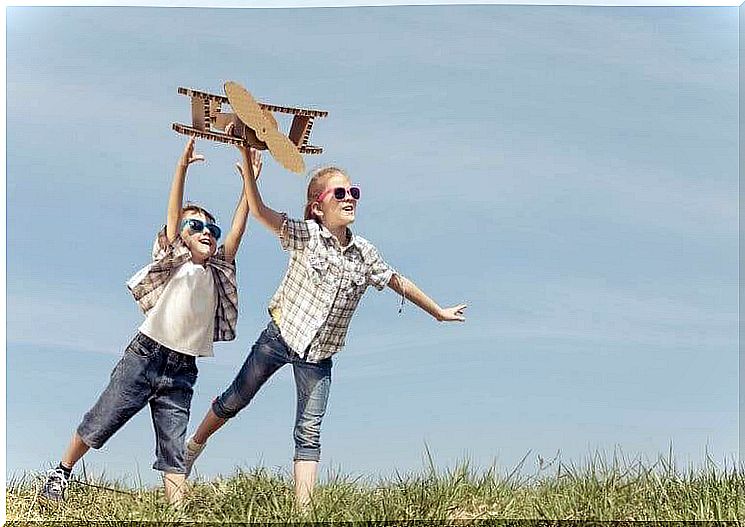
The vertical perspective
This is when adults lead the child’s development “from above”. The idea here is that one must “teach the child because he or she can not or does not know”.
For example, they have to fall asleep on their own even if they cry for their mother. They have to eat everything even if they are not ready for it. They have to talk about something even if they are not ready to do it.
With this perspective, the parents “teach” the child everything. This also applies to the child’s natural functions, which the body takes care of in its own way. This shows that the parents do not understand the child’s rate of maturity and capacity for self-regulation.
The horizontal perspective
This approach raises a child by respecting and empathizing with the child’s own pace of development. The adult looks at things from the child’s perspective and follows the child in his or her development.
If you are raising from a child’s perspective, it is easier to see when he or she is ready to take each step in their development. Nor is one tempted to force the child to achieve goals that he or she is not ready for.
A child’s needs versus the adults’ needs
Children under 3 years do not understand motivated explanations. Until then, they are simply waiting for us to respond to their need to feel safe by our side.
In doing so, the essential key to understanding their emotional needs is to do so with the patience, respect, and emotional support they need during their first six years of life.
The child’s perspective: The differences between children’s and adults’ needs
Adults and children have completely different needs for one simple reason: their maturity. Children have still not reached the maturity of an adult.
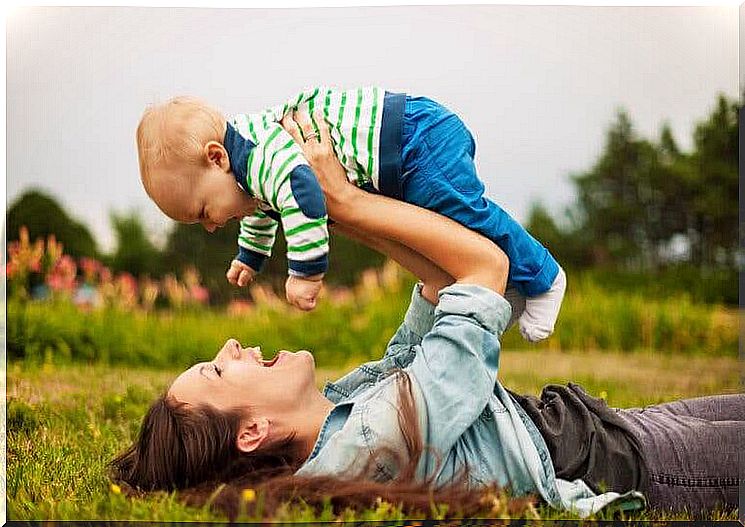
- Children depend on us to be able to grow and develop, while we seem to want them to grow up as soon as possible so that they can become independent.
- They need mom or dad to sleep and feel safe, while we want them to learn to sleep in their own beds.
- Children have to play non-stop, because that is their way of learning, while we have to rest when we have finished our work.
- Our children need to talk right away and they want us to listen to their thoughts, while we often need some silence after a hard day’s work.
We could easily continue to list all the differences in needs between children and adults. Our needs are often completely opposite and sometimes even incompatible. Because they have an approach that focuses on pleasure, they must be able to feel that they feel good and that they can meet their needs, while we have an approach that focuses more on duty.
Children’s emotional needs
But we must not forget that children must have their emotional needs met in order to grow up in a healthy and safe way. When they cry, their parents have to take care of them and comfort them. We must offer physical contact and closeness and respect their pace of development.
We can ensure that our children become rational and well-adjusted adults in the future by raising them from a child’s perspective. We can achieve this by looking at life with their eyes and respecting their pace of development. It will help them grow up as healthy and happy children.

